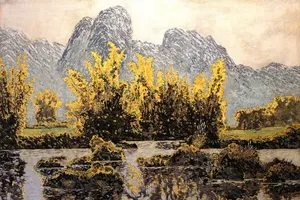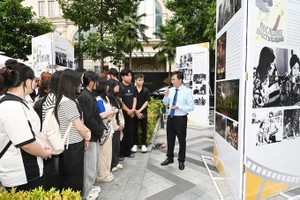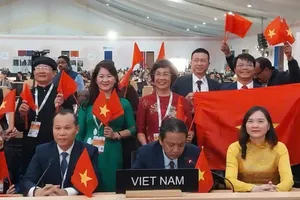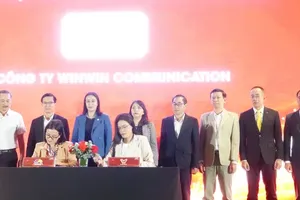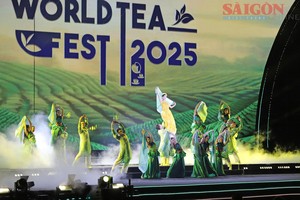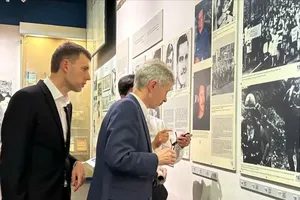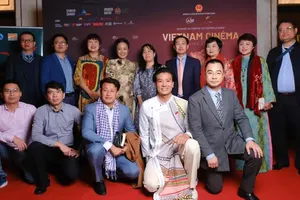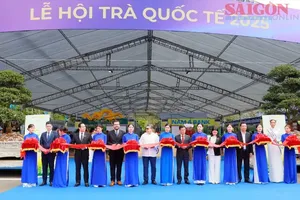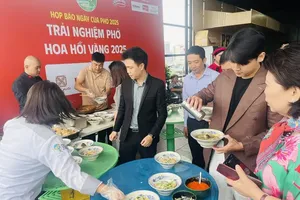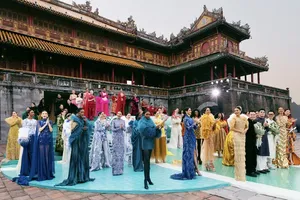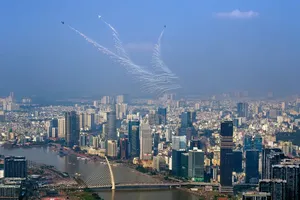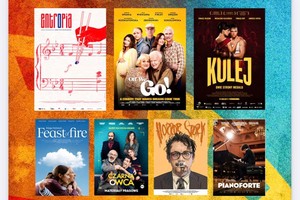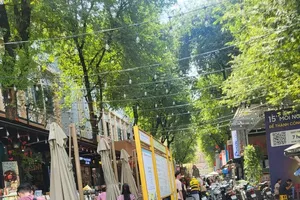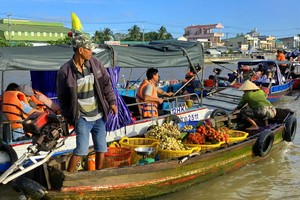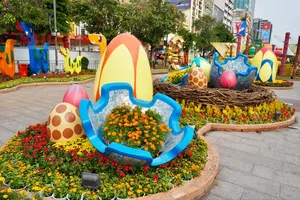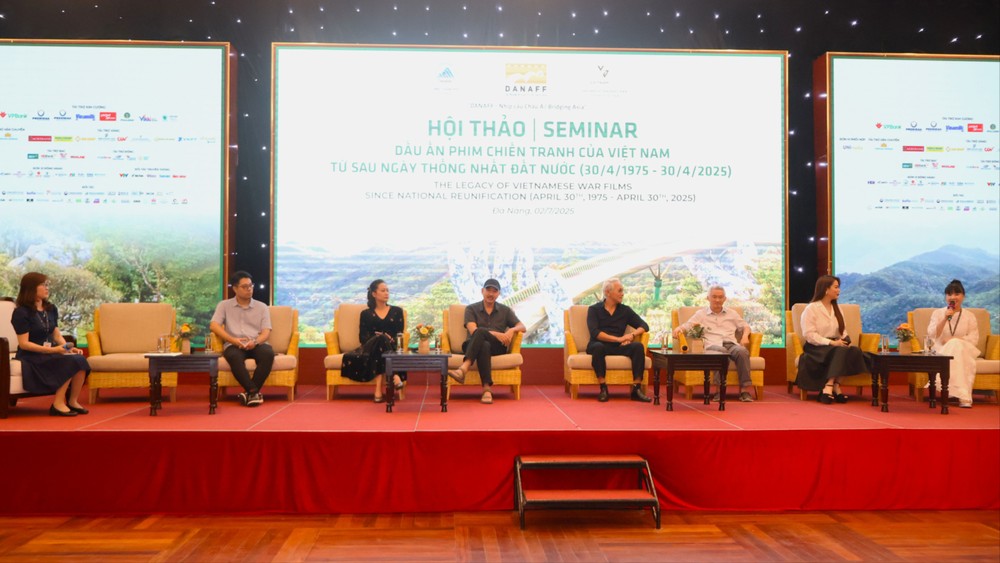
Yesterday, as part of the third Da Nang Asian Film Festival (DANAFF III), a seminar titled "The Impact of Vietnam's War Films After the Reunification of the Country (April 30, 1975 – April 30, 2025)" was held.
During the workshop, director Bui Tuan Dung emphasized that an effective war film must accurately depict the context, events, and characters; it should reflect historical truths without excessive distortion or embellishment. The film should present viewers with both perspectives of war, showcasing its glory as well as its tragedies.
Speaking at the seminar, Director Bui Tuan Dung said that the film goes beyond merely narrating tales of combat and death; it explores the lives, sacrifices, bravery, cowardice, and personal decisions of individuals. This exploration enhances the persuasive power of each character's political beliefs in various situations and events encountered during the war. Consequently, the identities and destinies of each character are illustrated within the framework of the film's narrative.
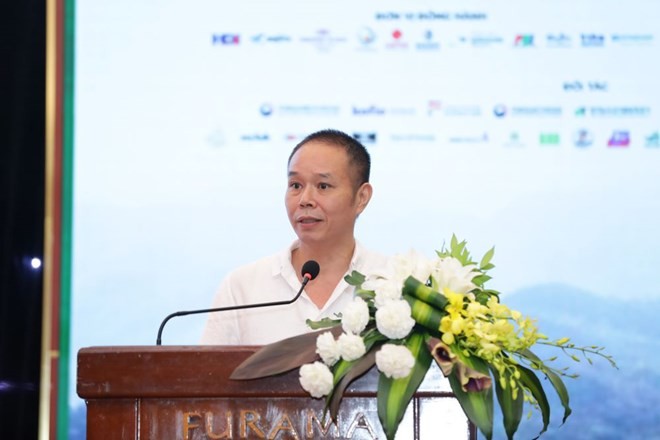
Director Dung emphasizes that war films gain greater depth by exploring the psychology, tragedy, and emotions of individuals caught in a brutal cycle, portraying soldiers not merely as combatants but as fathers, brothers, sons, and individuals tied to familial love.
Ultimately, the worth of a film is not determined by the fame of its director, the prominence of its actors, or the substantial financial backing, but rather by the emotional resonance and artistic philosophy that these elements collectively convey, he said.
According to the director, the most significant war film is one that leaves viewers in silence after viewing, not due to shock, but as a result of deep contemplation. It evokes feelings of pain, loss, patriotism, and a yearning for a world free from violence.
Meanwhile, Director Nguyen Huu Muoi highlighted the compelling nature of war films due to their rich, dynamic material, marked by intense sacrifice and loss.
Director Nguyen Huu Muoi said that modern war films increasingly focus on humanistic perspectives, delving into the psychological depths and hidden facets of characters’ lives with profound empathy. By emphasizing psychological complexity, filmmakers craft vivid, multi-dimensional characters. This shift reflects a broader trend in the arts, as societal openness enables directors to explore intricate aspects of human experience, resulting in works of significant artistic merit that resonate emotionally with audiences and draw them to theaters.
Speaking at the seminar, Director Le Thi Ha of the Vietnam Film Institute stated that the institute is currently preserving a substantial collection of war films produced before and after 1975. The institute has been actively engaged in various activities to introduce and disseminate these revolutionary cinematic works to millions of viewers both domestically and internationally.
According to Director Ha, at this year's DANAFF, 18 out of 22 remarkable war films produced from 1977 to the present, stored at the Vietnam Film Institute, have been selected for screening in numerous theaters across Da Nang City.
Ms. Ha supposed that the war-themed films produced after the country’s reunification, including both feature films and documentaries, are always warmly received and have garnered positive evaluations regarding their artistic quality from audiences, particularly young viewers. These films not only provide entertainment but also carry educational significance, promoting patriotism, resilience, and the aspiration to build the nation.
In times of war, the team of filmmakers has matured through the realities of the nation's struggle. The theme of war is portrayed excellently and authentically in each work, and these cinematic artists regard it as a spiritual tribute and a gesture of gratitude towards the country and those who sacrificed their lives for the independence and freedom of the homeland.
Moreover, war-themed films constitute a significant part of the revolutionary cinematic heritage of Vietnam. They have demonstrated their historical, cultural, and artistic value over time, as well as contributed to enhancing mutual understanding between the two sides of the conflict, thereby healing the wounds of war and fostering friendly cooperation.

